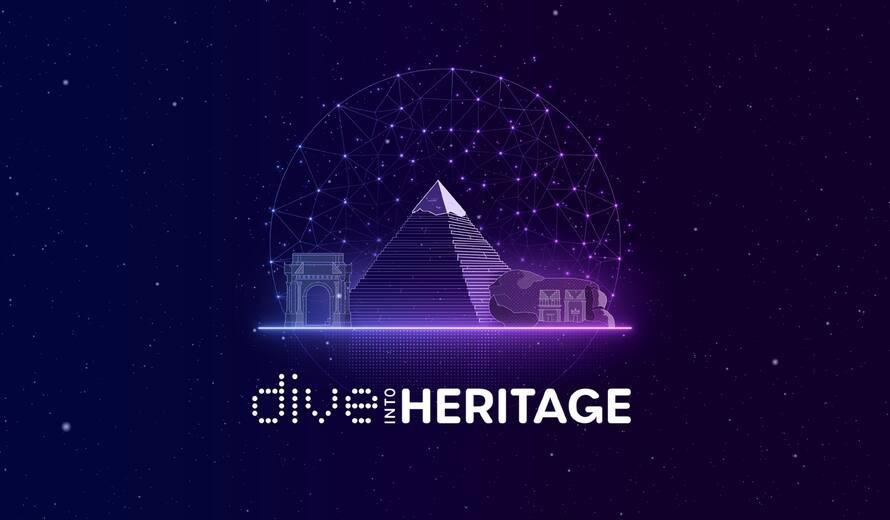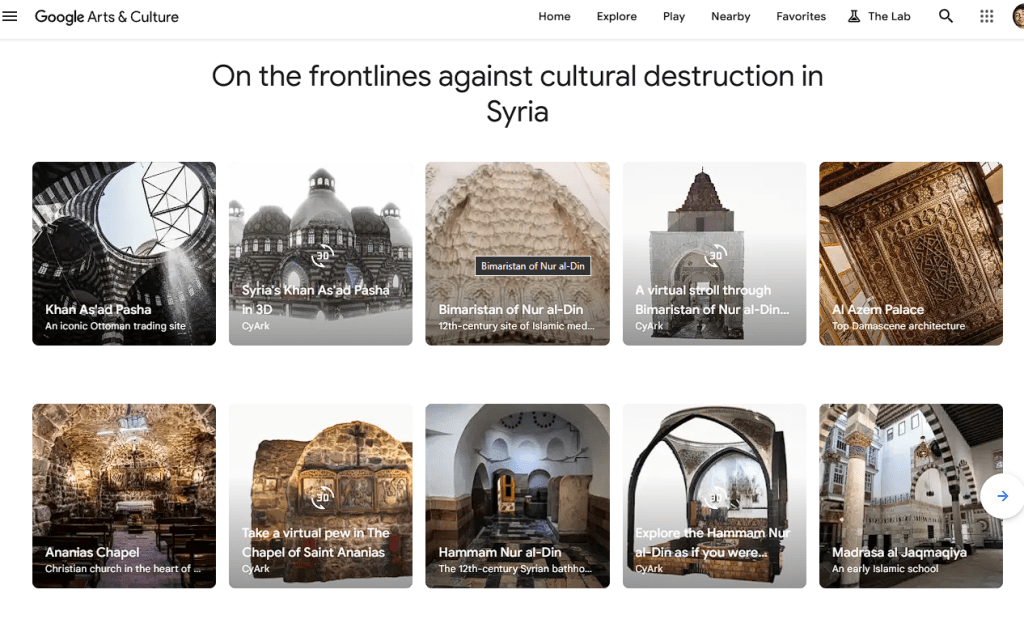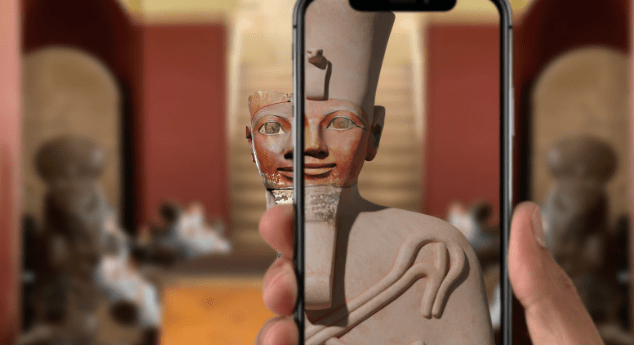By Omar Gouda
Museums and heritage authorities across the Middle East and North Africa are transforming ancient artifacts and sites into digital experiences. Using 3D scans, photogrammetry, and immersive VR and AR, they safeguard fragile locations, reach wider global audiences, and open up new paths for education and revenue.
Egypt: Flagship Museums, AR Pilots and Mixed-Reality Ambitions
Egypt has placed digitisation at the heart of its post-pandemic tourism strategy. The Grand Egyptian Museum (GEM), positioned as the country’s flagship cultural reopening, promotes mixed-reality experiences and online virtual tours as part of its public offerings. These efforts signal a new national standard for high-quality digital engagement with Pharaonic collections.
Alongside GEM’s online presence, Cairo’s older institutions launched AR-led pilots designed to make objects “come alive.” One recent initiative, “Project Revival,” used LiDAR and photogrammetry to develop Instagram and in-gallery AR filters. These overlays digitally restore statues and funerary objects for visitors who scan QR codes.
Regional Programmes and International Partnerships

Outside Egypt, UNESCO and its partners are working to build shared platforms and expand capacity for 3D heritage across the region. The “Dive into Heritage” platform brings together World Heritage 3D models in an interactive web viewer designed for public access.
Non-profits and tech collaborations are also stepping in to bridge the early gap between expensive scanning technologies and public access. CyArk’s Project Anqa aims to digitally document endangered heritage sites across the Middle East and North Africa. The initiative trains local teams and produces point clouds and mesh archives for use in research and conservation.
Similarly, Google Arts & Culture’s Open Heritage and Open Heritage 3D portals collect downloadable 3D models to support both public engagement and academic reuse.
Museums in the Gulf have taken complementary approaches. Institutions like Louvre Abu Dhabi offer scheduled 360° virtual tours led by museum educators and run VR programs designed for remote audiences and school groups.
These immersive experiences help broaden access and support education and drive interest in physical visits through targeted marketing.
Conservation, Emergency Documentation, and Training
Digitisation across MENA is often driven by the need to protect vulnerable heritage sites. Initiatives like Project Anqa focus on documenting locations at risk from conflict, environmental damage, or excessive tourism.
CyArk’s regional case studies highlight the importance of training local conservators to handle raw point cloud data, ensuring it’s usable for long-term conservation and research.
Startups and Technical Vendors Enabling the Shift

A growing network of regional studios and global platforms now supports the full pipeline of heritage digitisation from capture to distribution. Specialist firms handle LiDAR and photogrammetry scanning, then process point clouds into optimized assets for web and VR use.
Platforms like Google’s Open Heritage and UNESCO’s portal offer accessible channels to share these models with the public.
A Promise with Guardrails
Digitisation and immersive technologies offer powerful tools to protect and share MENA’s rich heritage. They can expand access, deepen understanding, and support long-term resilience.



